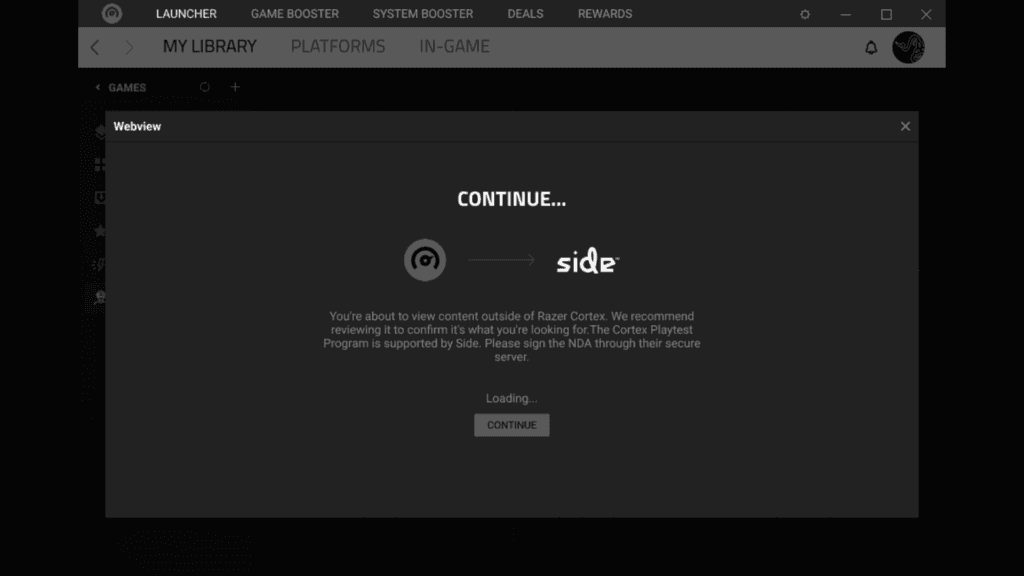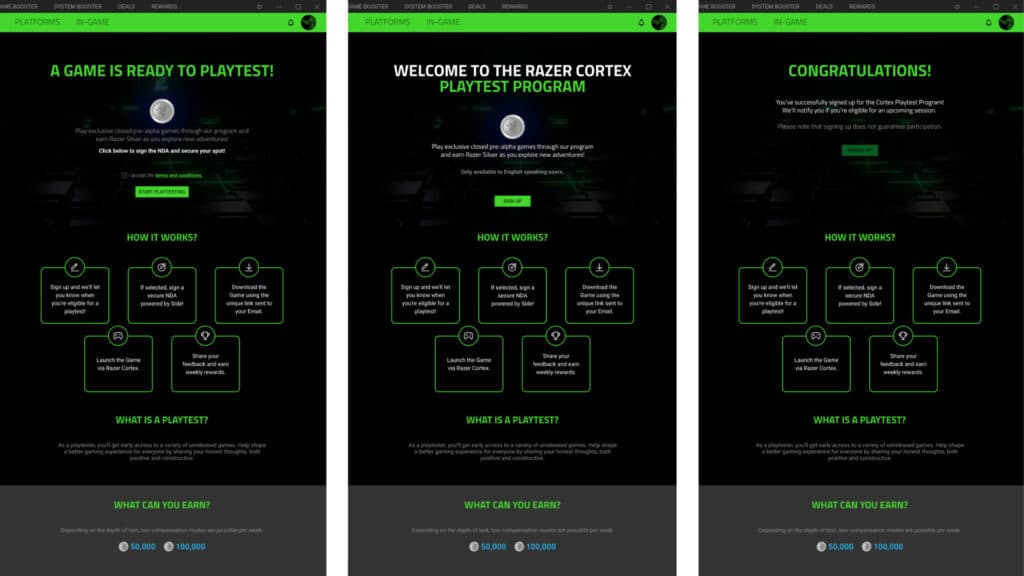Esports.gg interviewed Quyen Quach about the new Razer Cortex: Playtest Program – Powered by Side solution.
Razer and Side have announced the Razer Cortex: Playtest Program – Powered by Side solution at gamescom 2025. This solution uses Side's proprietary artificial intelligence (AI) technology to gather playtest data and improve quality assurance (QA) results. Esports.gg sat down with Quyen Quach, the vice president of software at Razer, for an interview about how the solution works, the benefits it brings to developers and players, and what it means for the future of gaming.
"It's an awesome bonus for our players to be able to get access to games that aren't launched yet because you know that if they're using Razer software, if they're a Razer fan, then they're a hardcore gamer."
Razer Cortex: Playtest Program – Powered by Side announced at gamescom 2025
The program, which is powered by Side, combines traditional playtesting features with advanced QA capabilities. Built directly into Razer Cortex, which has over 55 million global users, it gives game developers a way to run large-scale playtests with real players while gathering meaningful feedback.
In her interview with esports.gg, Quach went into this in detail, revealing that the program gives both indie and major developers a way to run these large-scale playtests at lower costs. It allows developers to target players with specific habits or experience as well, ensuring that feedback comes from the right audience.
"It's an awesome bonus for our players to be able to get access to games that aren't launched yet because you know that if they're using Razer software, if they're a Razer fan, then they're a hardcore gamer," Quach said. "And that provides extra value to the game developer — to be able to target better. We will help them to filter out the users because we can help to target and offer a playtest to users that typically play specific genres or have more gamer habits. You want to make sure that your gamers have played lots of hours."
She continued, "So, offering that kind of ability for game developers to be able to be at scale, do it quicker at a lower cost, and then be able to, up front, have more information about who the playtesters are — we're really excited to be able to offer all that."
How Razer Cortex: Playtest Program – Powered by Side works for players
In terms of how the solution works, players register through the Razer Cortex Razer game launcher, sign a non-disclosure agreement (NDA), and securely access game builds through unique keys. As they game, the solution tracks their time spent and their performance. Then, at the end of a session, players submit their feedback. In return, they earn the Razer Silver currency that can be redeemed for in-game loot, Razer gear, and more.
"We actually give away Silver in a lot of various things around the Razer ecosystem for events," Quach explained. "We also have things in various programs already in Razer Cortex where we have what we call 'Play to Earn,' which is all you earn is Silver. It doesn't have anything to do with money, but you're earning the Razer loyalty points when you play specific games. And we'll actually have events where we ask users to play games, and then you can get Silver from it. With those loyalty points, you can redeem them for Razer gear, actual hardware, like headsets and keyboards, or digital game vouchers and things like that."

How Razer Cortex: Playtest Program – Powered by Side benefits game developers
On the game developers' side of things, they receive the aforementioned feedback in qualitative and quantitative forms. The AI then analyzes the data and interprets the reports before providing summaries and actionable insights. There's also a human element to this as Side's expert QA team steps in to validate and reproduce bugs. That is, the team confirms whether specific bugs are real, figures out how to reproduce them, and gives developers the steps to fix them.
In a briefing with esports.gg, Side's chief technology officer (CTO), Harlan Beverly, shared that such a process ensures developers don't waste time chasing false reports or duplicate issues.
Quach made a similar point in our interview, noting that the program with Side reduces much of the tedious work behind QA testing. She explained that Side's technology helps de-bug and analyze trends from large volumes of QA feedback. Ultimately, this makes processes more efficient.
Razer and the future of gaming
"Across our company, we're finding efficiencies on how to do things better and faster with that," Quach said, referring to AI. "And so, it's going to be the same for game companies in a variety of different ways that aren't about some of the concerns that are often talked about in the press right now, where we feel like it's going to bring better quality to the games that are out there, but it's also going to elevate the gaming experience."
She continued, "And so, in the tradition of where we come from with Razer, where we're really focused on elevating the game experience, whether that's through improving performance, giving a more immersive experience with haptics and lighting, and then now into AI with trying to work with game developers to create new use cases for better game experiences in the end — I'm really excited about the future that holds."
That's all for now. Stick around on esports.gg for more interviews, news, and updates across the gaming industry!
